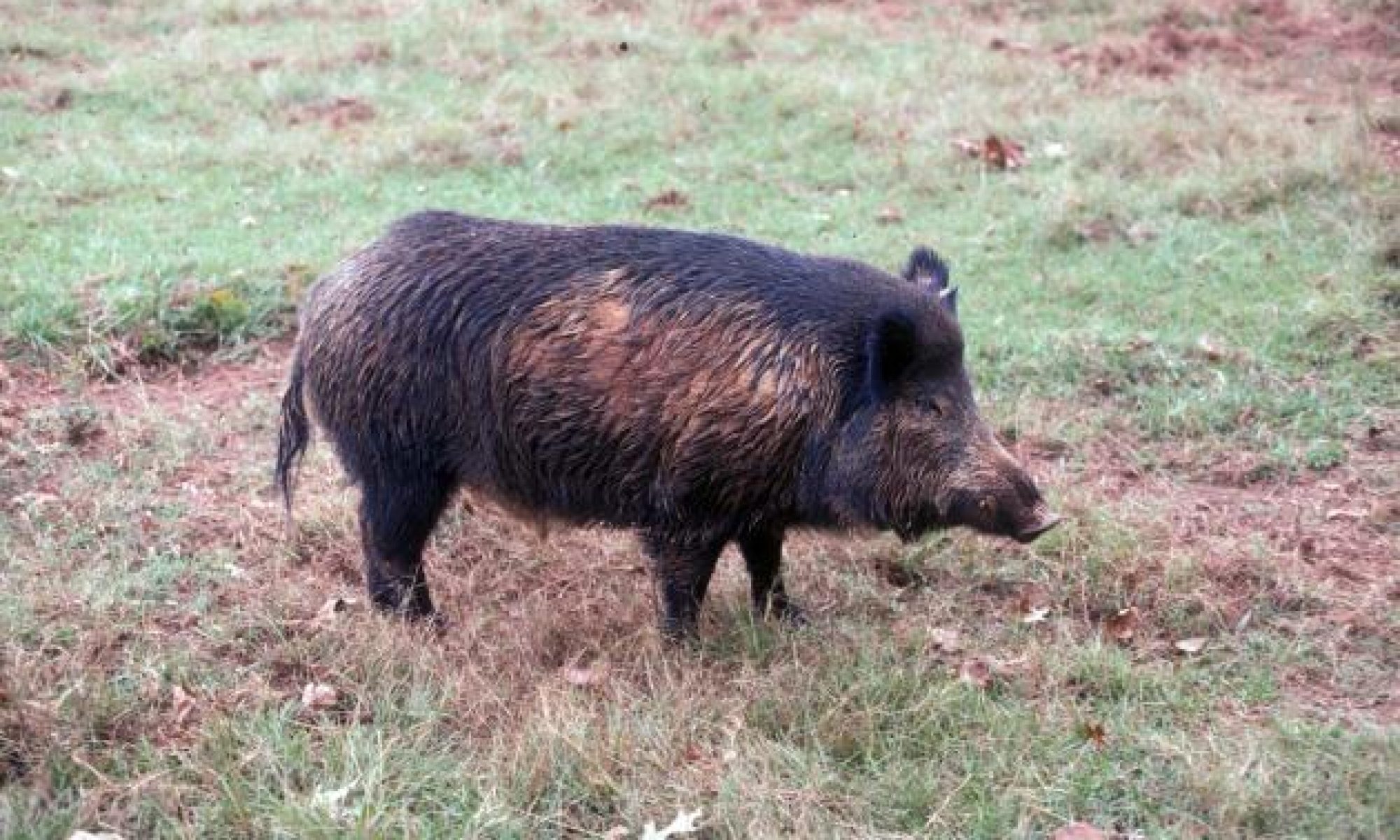
Figure 1. Appearance of a typical adult male feral hog (i.e., a wild hog from a population that is solely of domestic ancestry).
The introduced feral hogs (also called wild hogs; Sus scrofa) in the United States exhibit a broad range of physical characteristics. To a large part, this variability stems from the widely diversified ancestral origins of these animals. In general, both free-ranging domestic swine (i.e., feral hogs; Fig. 1) and introduced Eurasian swine bloodline comprised the initial …


